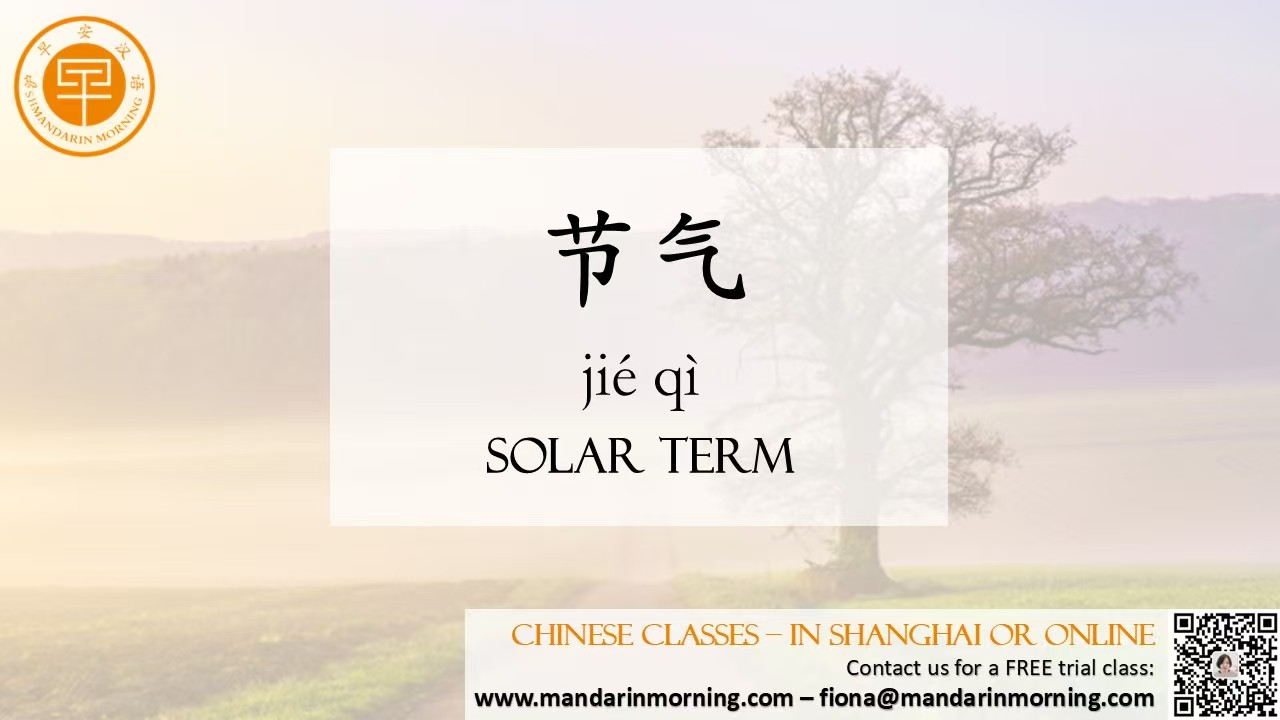| 节气 (Jiéqì) – China’s ancient calendar system dividing the year into 24 segments – is a UNESCO treasure reflecting profound harmony between humans and nature. Created 2,500 years ago, these terms guide farming, festivals, and health practices. Let’s explore the most pivotal ones that shape Chinese life!  Spring’s Awakening 立春 (Lìchūn – Start of Spring): Spring’s symbolic arrival; farmers prepare fields, and people eat spring pancakes (春饼, chūn bǐng) for luck. 春分 (Chūnfēn – Spring Equinox): Day and night equalize; traditions include balancing eggs and honoring ancestors. 清明 (Qīngmíng – Clear and Bright): A major festival for tomb-sweeping (扫墓, sǎo mù) and spring outings. Nature renews! Summer’s Zenith 立夏 (Lìxià – Start of Summer): Summer begins; seasonal foods like eggs and peas boost energy. 夏至 (Xiàzhì – Summer Solstice): The year’s longest day. In Beijing, cold noodles (凉面, liáng miàn) combat heat. Autumn’s Harvest 立秋 (Lìqiū – Start of Autumn): Heat wanes; people “tie autumn fat” (贴秋膘, tiē qiū biāo) with meat dishes. 秋分 (Qiūfēn – Autumn Equinox): Balance returns; farmers harvest rice under the Mid-Autumn moon. Winter’s Stillness 立冬 (Lìdōng – Start of Winter): Winter’s gate opens; dumplings (饺子, jiǎozi) warm the body. 冬至 (Dōngzhì – Winter Solstice): The year’s longest night. Families unite for tangyuan (汤圆, tāngyuán), symbolizing reunion. Why Learn 节气 (Jiéqì)? These terms reveal the heart of Chinese philosophy: living in sync with nature’s cycles (天人合一, Tiānrén héyī). Understanding 节气 unlocks festivals, proverbs, and China’s timeless wisdom. |